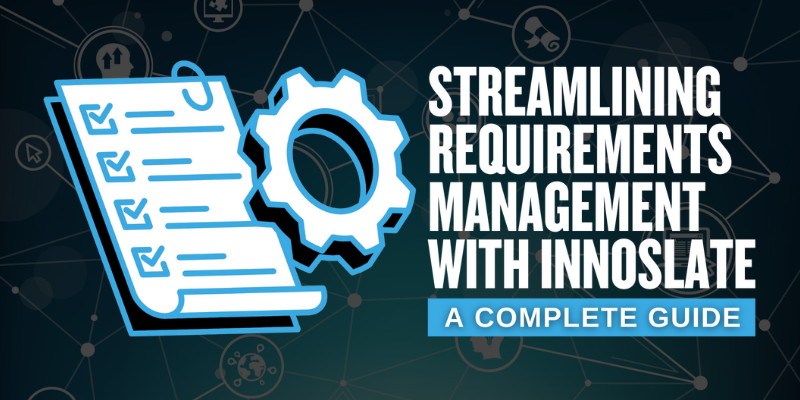9 Methods for Requirements Gathering
Establishing effective requirements is the foundation of successful project management and product development. Requirements Management provides a...

Would you rather watch instead? Visit the webinar recording!
In project management, requirements play a crucial role in defining the scope, functionality, and success of a project. Managing requirements effectively is essential for ensuring project success and meeting stakeholder expectations. This blog explores the fundamentals of requirements management using insights from our webinar, "Requirements Management 101."
One of the key distinctions highlighted was the difference between statements and requirements. Statements are pieces of text used in documents, while requirements identify specific capabilities, characteristics, or quality factors for a system. By using words like "shall," "will," or "should," requirements are clearly defined and serve as the foundation for project planning and execution.
Clear and well-defined requirements are essential for project success. They provide a roadmap for project teams, ensuring everyone is aligned on project goals and deliverables. By decomposing high-level requirements into detailed system requirements, project managers can create a clear path towards achieving project objectives.
As projects progress, requirements may evolve and become more detailed. Derived requirements are generated to satisfy higher-level requirements. This process involves breaking down vague statements into specific, actionable requirements that align with the project's overall objectives.
Requirements documents serve as a central repository for capturing, organizing, and managing project requirements. In Innoslate, users can create requirements documents, import requirements from spreadsheets, and conduct quality checks to ensure consistency and completeness in the requirements set.
Effective requirements management fosters collaboration among project stakeholders and promotes clear communication throughout the project lifecycle. By documenting requirements in a structured manner, teams can mitigate risks, address potential issues proactively, and ensure that project deliverables meet stakeholder expectations.
Requirements management is a critical aspect of project planning and execution. By understanding the nuances of statements versus requirements, deriving detailed requirements, utilizing requirements documents effectively, and fostering collaboration among project stakeholders, organizations can enhance project success rates and deliver value to their clients.
Mastering requirements management is key to achieving project success and delivering high-quality outcomes. By implementing best practices and leveraging tools like Innoslate, project teams can streamline their requirements processes, mitigate risks, and drive project success.
Have questions about model-based systems engineering or requirements management? Talk to an expert and see how Innoslate can streamline your projects from start to finish.

Establishing effective requirements is the foundation of successful project management and product development. Requirements Management provides a...

Smart systems engineering is no longer just about building a model. In modern digital engineering environments, teams are expected to deliver...

2 min read
Don't feel like reading? Watch the webinar recording. Effective requirements management is crucial for the success of any project. As...